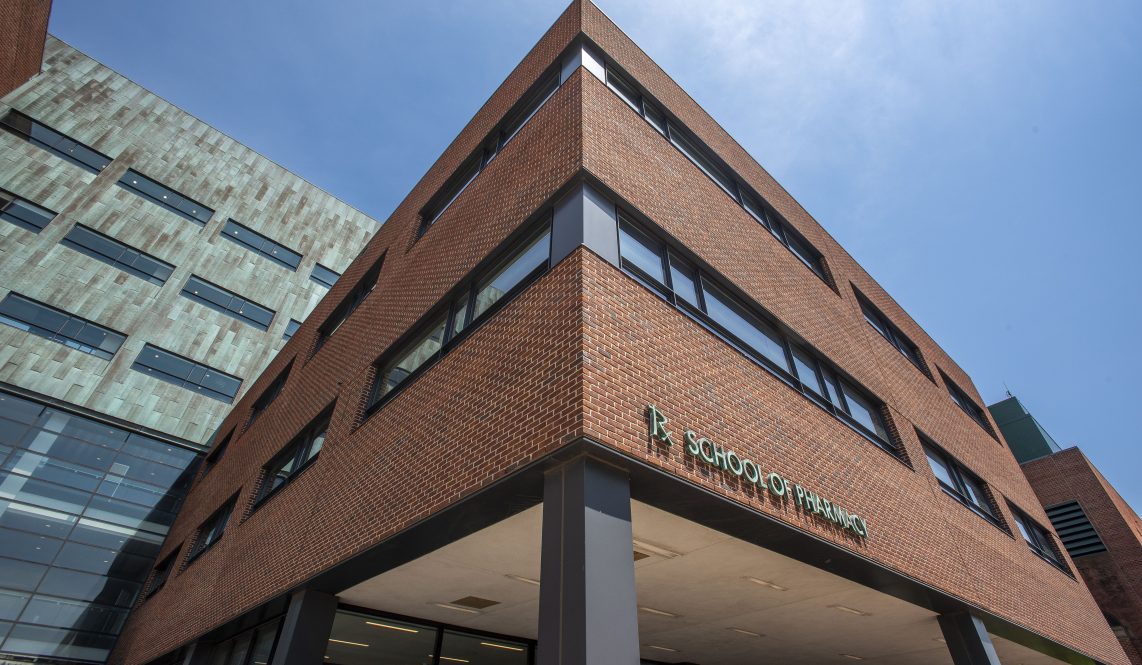Since its discovery in 1998 and winning the Nobel Prize in 2006, ribonucleic acid (RNA) interference has become an invaluable tool for drugmakers to silence disease-causing genes. Nearly three decades later, drug makers have developed six approved small interfering RNA (siRNA) therapeutics in the therapeutic areas of neurology, cardiovascular, endocrine, and metabolism, such as amyloidosis, familial amyloid polyneuropathies (FAPs), hyperlipidemia and other diseases.
Delivery of siRNA therapeutics to a variety of tissues and cells of interest has remained a major challenge for the application of siRNA therapeutics in humans. The current state of the art is N-acetylgalactosamine siRNA conjugates (GalNAc-siRNA), which deliver exclusively to the liver, limiting the number of diseases that can be treated.
Developing RNA conjugational approaches for targeting extra-hepatic tissues is the ultimate goal for RNA therapeutics delivery.
In a recent Molecular Therapy publication by Vikas et al. titled “Efficient and selective kidney targeting by chemically modified carbohydrate conjugates”, Raman Bahal’s team at UConn School of Pharmacy Department of Pharmaceutical demonstrates the development of a novel kidney-targeted delivery platform called RENTAC- Renal Tubule Targeting Carbohydrate. RENTAC targets the kidney via the megalin receptor family – an endogenous cell-surface receptor family expressed at high levels on the apical side of proximal tubule epithelial cells (PTECs), resulting in the internalization of the conjugated molecules. The team has demonstrated efficient enrichment of synthetic RNA molecules and small molecules in kidney, and that platform may be useful for treating conditions like kidney fibrosis. Bahal’s team actively collaborated with Stefan Somlo , a C. N. H. Long Professor of Medicine (Nephrology) and Professor of Genetics at Yale, to confirm that RENTAC targets PTEC in vivo.
When asked about his lab work, Bahal remarked, “The kidney, and associated diseases, are an area to which the industry pays a lot of attention, but not many effective delivery systems are available in the clinic right now.” We developed a novel carbohydrate chemistry-based conjugate that can deliver RNA therapeutics and even small molecules to the kidney.”
“The opportunities for genetic medicine application to kidney diseases are growing,” says Somlo, “One of the barriers to translational progress is the limited ability to target therapies for increased delivery to kidney tissue. The collaboration between our group at Yale and Bahal’s group at UConn brings together our expertise in discovery of treatment targets with Bahal’s unique discovery of how to deliver drugs to the kidney. The synergies in our work together really offer an exciting opportunity to develop a paradigm for how to design and deliver new treatments to kidney disease patients.
Aimed at translating his lab’s discovery into the clinic, Bahal co-founded Zeal Therapeutics together with Frank Slack and Iva Toudjarska.
Zeal Therapeutics represents a partnership of academic and industry experts. Frank Slack is a Professor at Harvard Medical School and Beth Israel Deaconess Medical Center, and a Director of the Harvard RNA Medicine Institute. He has a long-standing career in microRNA research and over 200 peer-reviewed publications on RNA biology and translational applications and is a co-founder of several biotech start-ups. Iva Toudjarska, an industry executive, is a former Alnylam founding scientist that has worked in the field of siRNA and other novel nucleic acid platforms for over 20 years. She also has extensive experience building and growing companies and has enabled fundraising and pre-clinical to clinical transition for over a dozen biotech startups.
“I am excited to take on the challenge of leading the development of RENTAC into a viable solution for patients with kidney and metabolic diseases”, said Toudjarska, President and CEO of Zeal Therapeutics. “Kidney therapeutics development has faced significant challenges, and as the fastest growing non-communicable disease globally, novel and safe treatments to address patient needs are urgently needed. RENTAC offers a differentiated approach in three ways- carbohydrate conjugation is a clinically and commercially validated platform for siRNA therapeutics, and by utilizing the well-characterized endogenous receptor system (megalin and cubilin) to deliver nucleic acid and small molecules intracellularly and applying novel therapeutics to targets with well-established disease biology, we are poised to reach the clinic in a much shorter timeline.”
Toudjarska added, “We are excited to work with UConn’s Technology Commercialization Services (TCS) Technology Transfer team, led by Amit Kumar, Director of Licensing and Venture Development, and Venture Development team, led by Vivek Ramakrishnan, Director of Venture Development. With a sense of urgency and an understanding of the complexity and nuances of drug discovery and development, they have been able to guide the academic team toward generating high-value data and supporting the research with UConn SPARK grant. And continue to support Zeal Therapeutics as we move forward towards institutional raise.”
“We are thrilled to partner with Zeal Therapeutics to advance this groundbreaking technology in kidney-targeting therapeutics, addressing a critical unmet need in treating progressive kidney disease,” says Kumar. “From early on, the TCS team worked closely with faculty to secure patent protection and craft strong IP strategies with Vinay Thakur, Senior IP Manager, safeguarding these innovations. I am incredibly proud of the partnership we have built with Zeal and have great confidence in their team’s ability to bring this promising therapy to market, potentially transforming patient outcomes and alleviating the global burden of kidney disease.”
Bahal and Zeal’s team believe the platform has broader potential for treating a variety of indications and expanding the platform beyond siRNA therapeutics and are currently exploring additional RNA editing opportunities and how to improve small molecule drug performance.



